Community and exclusion
The National Museum is one of the Oslo Architecture Triennale's main partners. In 2022, the festival will focus on the neighbourhood as a community. The museum's contribution will focus on community and exclusion. One part of the exhibition will show examples from the past 70 years of how ideas about community have shaped architecture and urban development. Who has been included and who has been excluded? How is urban development perceived by queer people, feminists and other marginalised groups?
Post-war housing construction was mainly about housing and protecting the nuclear family. It was not until the 1960s and 1970s that more thought was given to inclusion and diversity. Selegrend Hesthaugen outside Bergen is an example of a project where the nuclear family was no longer the main focus. One-third of the homes were to be reserved for "housing-disadvantaged" groups.
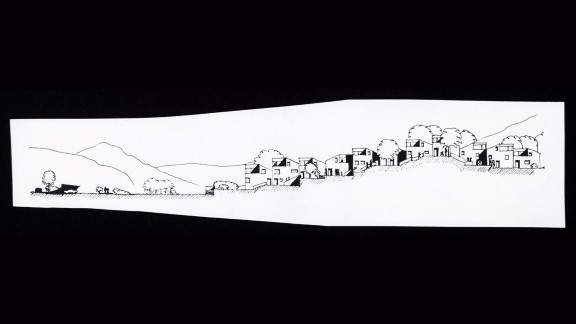
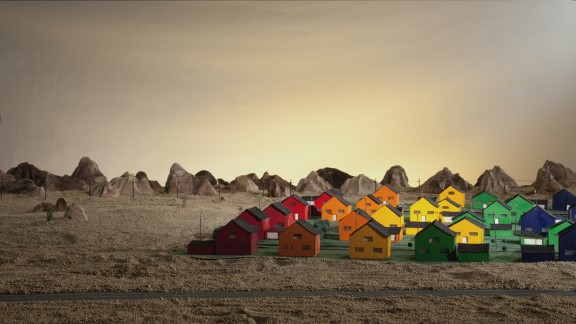
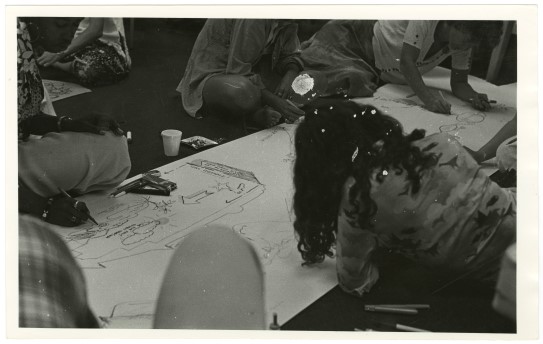
Feminist perspective
In the 1970s and 1980s, cities were criticised for being designed largely for cars and for men. Through videos, drawings and archival material, the exhibition will show examples of the feminist perspective from architect and champion of lesbian rights Phyllis Birkby, among others.
In the 1970s, Birkby travelled around the United States and held Women's Environmental Fantasy Workshops to help women explore what architecture might look like if more consideration were given to women's needs. Birkby also visited Norway.
MYCKET promises an installation that turns the museum into a queer-friendly venue
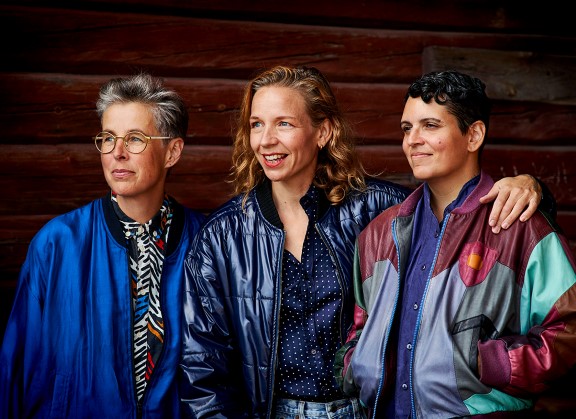
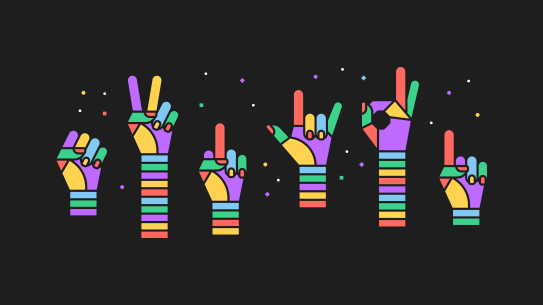
Queer Culture Year 2022
In addition to participating in the Oslo Architecture Triennale, the exhibition and associated events will also be part of the museum's celebration of Queer Culture Year.